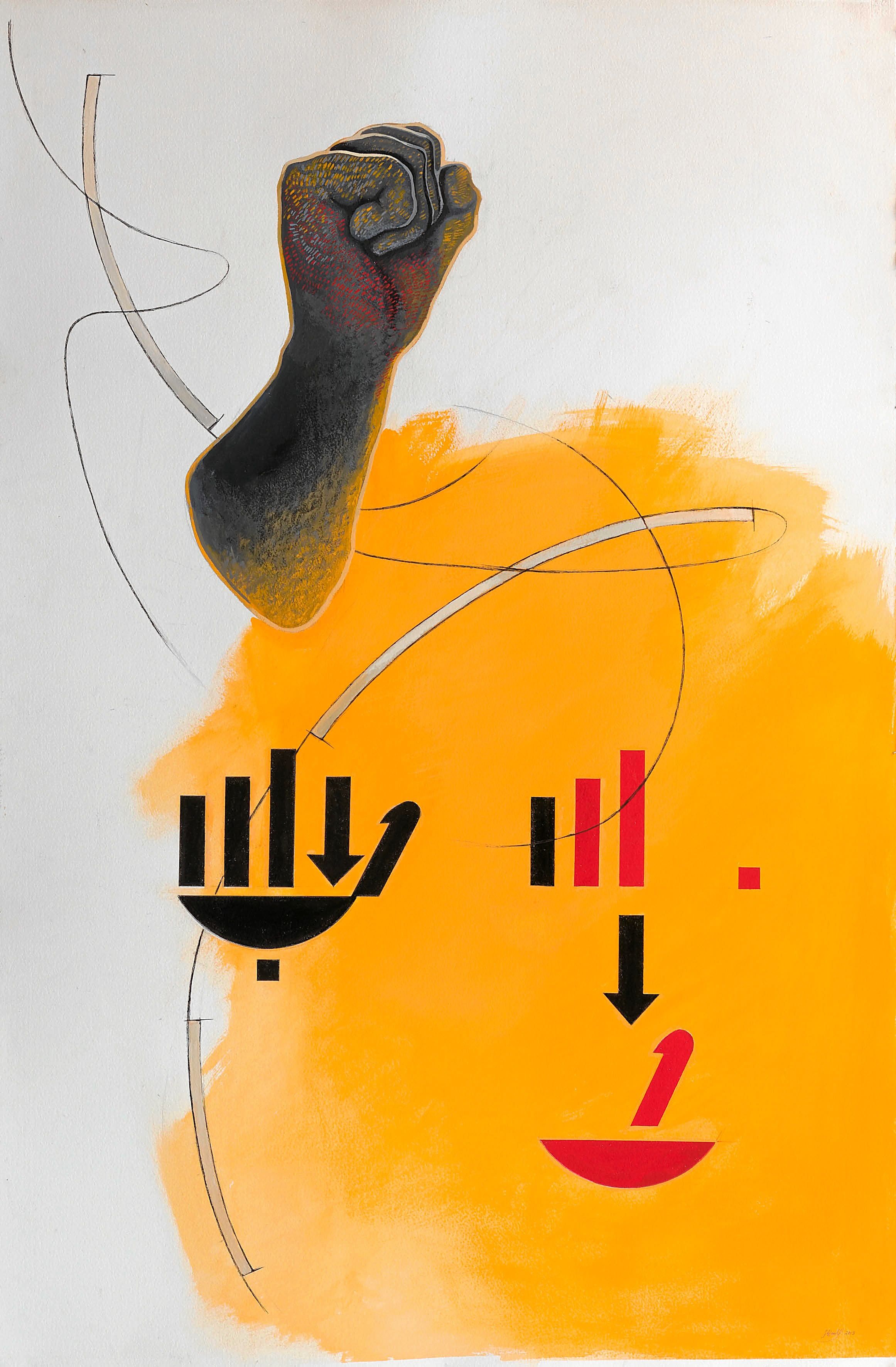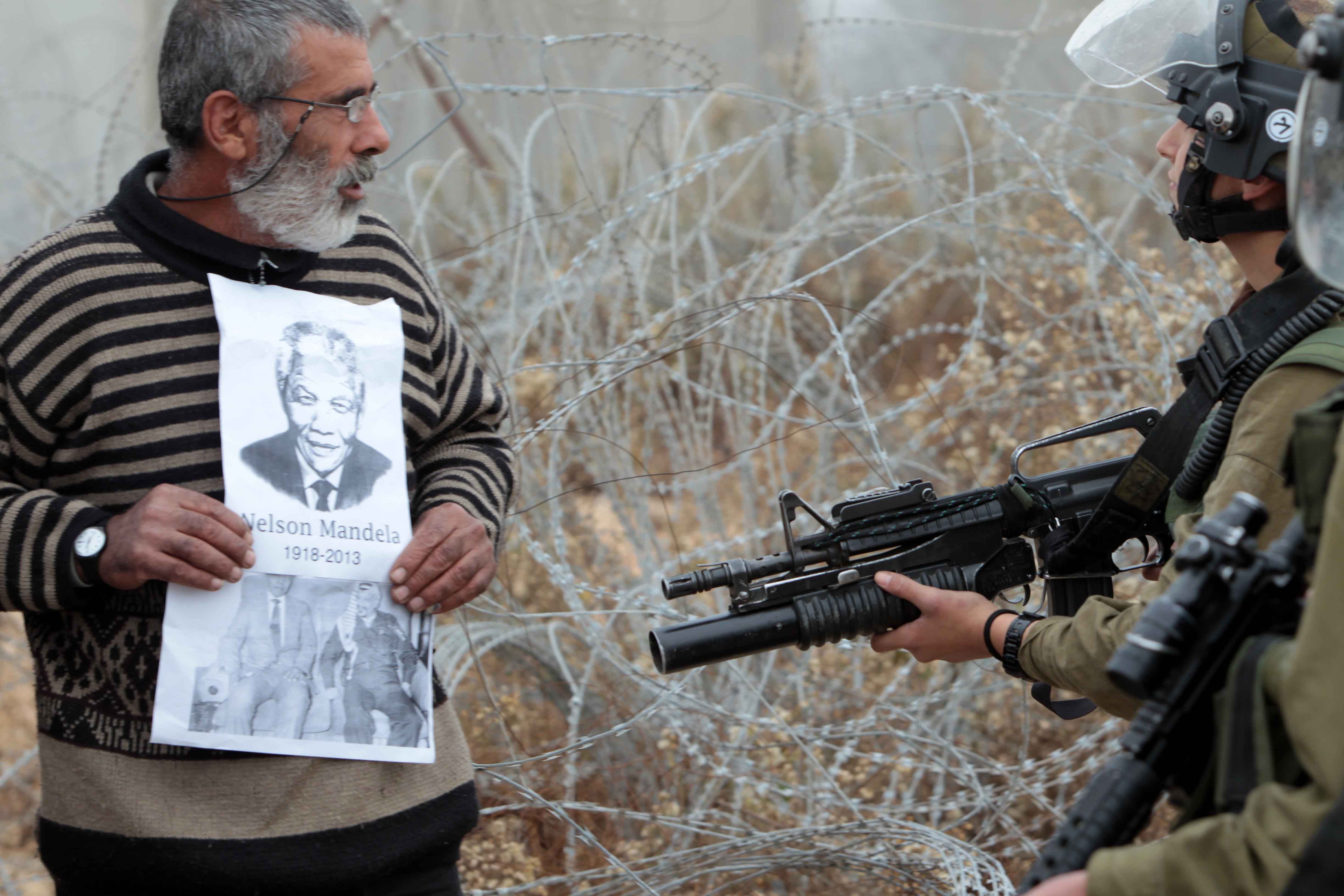
The world pays tribute to Mandela (slideshow)
As South Africans come to terms with the loss of former president Nelson Mandela, the rest of the world bids farewell to Madiba.
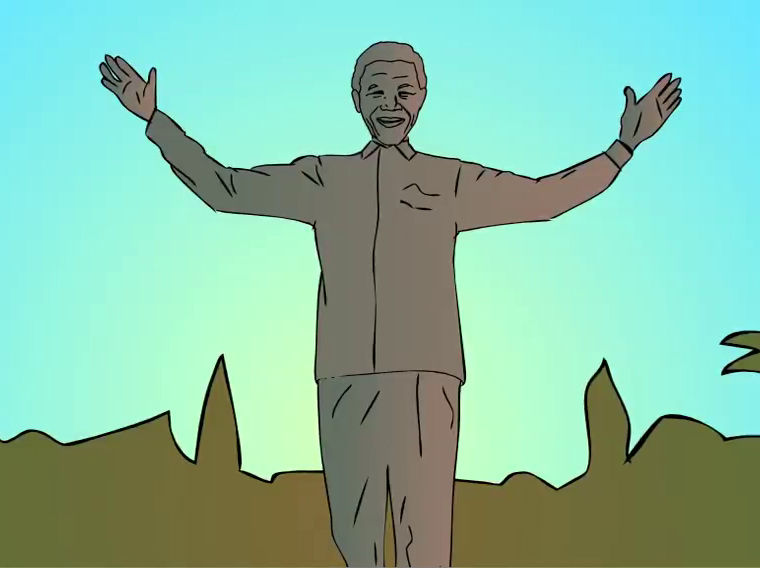
Pimples: Saving Madiba's rabbit (video)
Gwede, Mac and Blade try their best to stop the rabbit from whispering in Mandela's ear. But the elusive animal has some tricks up its sleeve.
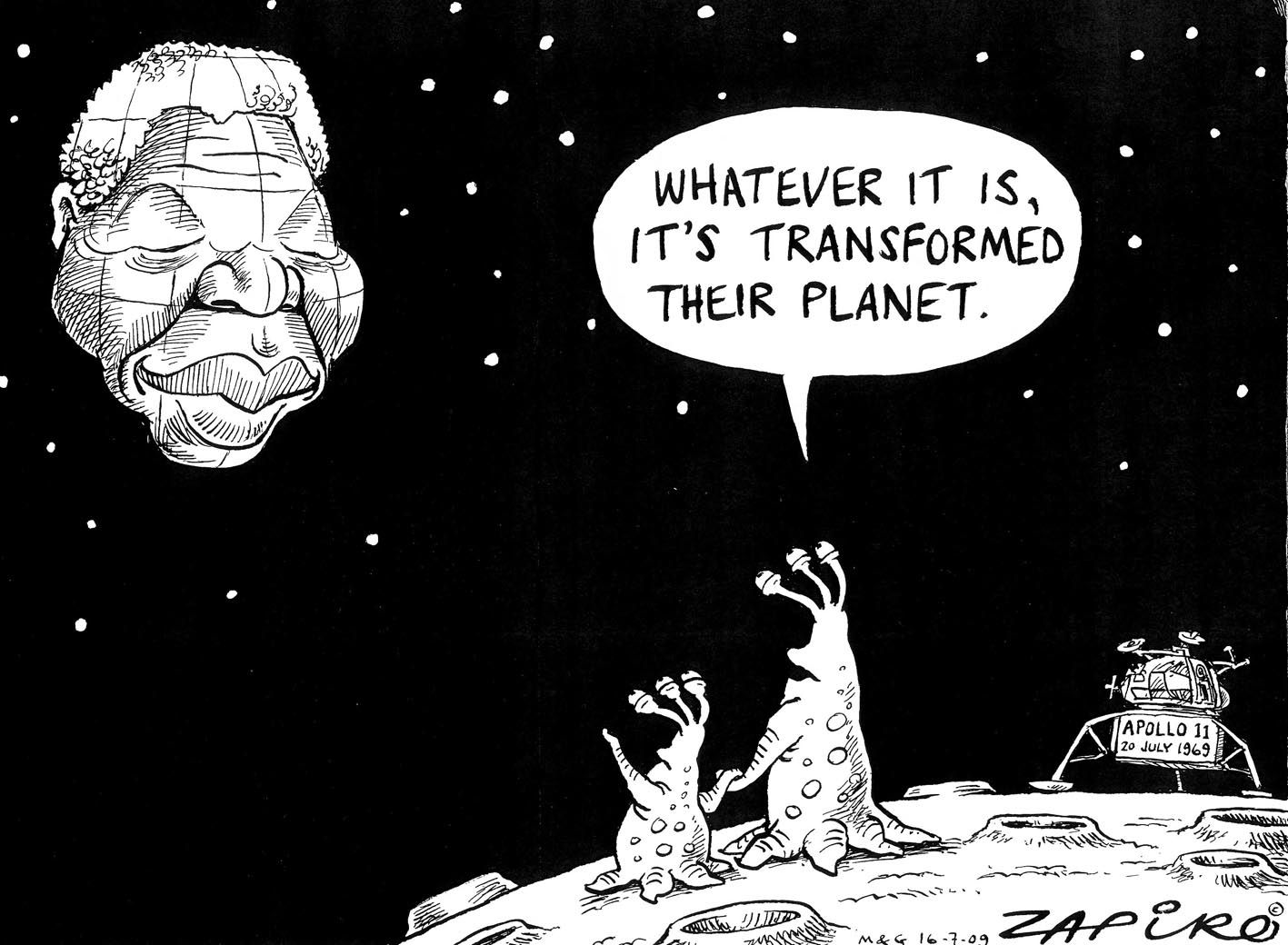
Zapiro's best Madiba cartoons (slideshow)
From his toughest moments to his most triumphant, Madiba has been an inspiration. Here are some of our favourite Zapiro cartoons about him from 1994 to 2013.
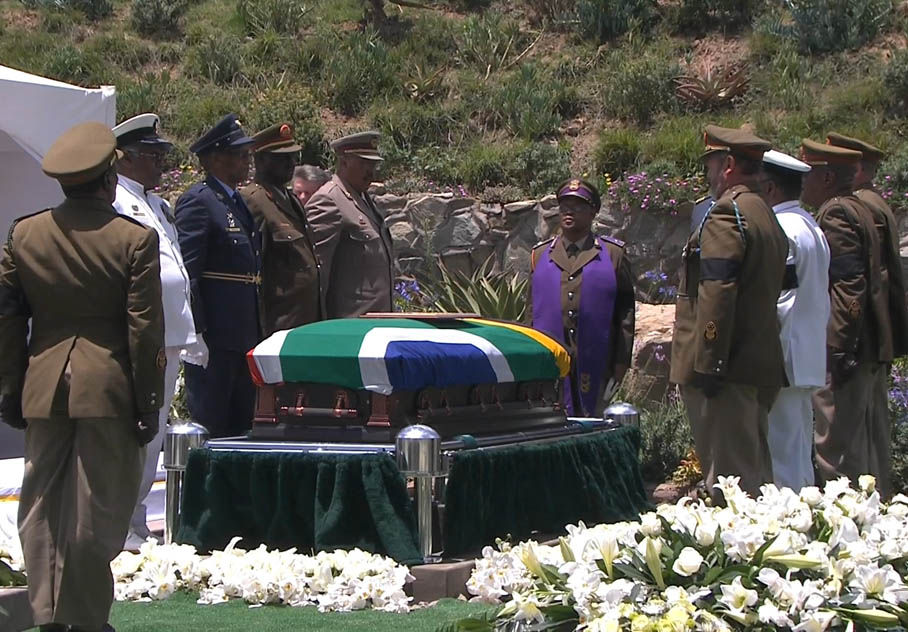
Mandela: SA's greatest son laid to rest (slideshow)
The world watched as Nelson Mandela was finally laid to rest in his hometown of Qunu following a dignified and moving funeral ceremony on Sunday.
The works are in an exhibition titled We Love Mandela that opened on International Mandela Day (July 18) at Sandton’s Nelson Mandela Square. Given the address and the timing, it would seem well placed to make maximum impact.
Exhibition curator Natalie Knight said: “This is the third time I’ve done a Madiba birthday exhibition. This is particularly exciting, as we will be taking the exhibition to London in October.”
- For a slide show of the works, visit mg.co.za/multimedia
The exhibition features the work of 22 artists and pays tribute to Mandela through the mediums of painting, sculpture, drawing, bead work, photography and cartoons. It includes some of the most famous images we’ve come to associate with Mandela’s “journey”, such as Jürgen Schadeburg’s 1994 photograph of the man revisiting his cell on Robben Island, where he was imprisoned for 18 of his 27 years of incarceration.
“I didn’t just want portraits of Madiba,” said Knight about the lesser-known works, “and I liked the fact that most artists depicted Mandela as a metaphor, portraying different facets of him.”
Such a depiction, by Susan Woolf, who recently won acclaim for her exhibition at the Wits Art Museum titled Taxi Hand Signs, has been used as the exhibition’s signature image.
“I created the work Mandela’s Sign using his iconic, popular raised fist,” Woolf said about her painting of a disjointed body part.
“Below that is drawn the blind sign, one that blind people would be able to ‘read’, when in a raised [braille] format.
“A second blind sign is seen again, broken into red and black shapes, making it unreadable and suggesting a view of apartheid with its separation and political blindness. In this artwork, Madiba’s recognition of the ‘other’ is paradoxically symbolised by the sign for blind people.”
Less obscure is famous photographer Michael Meyersfeld’s atmospheric photograph of the Nelson Mandela Bridge by night.
And even less obscure is a depiction, by bead worker Jane Makhubele, possibly inspired by an old newspaper photograph, of Knight meeting and shaking Mandela’s hand.
Painter and sculptor Wayne Barker, on the other hand, has exhibited his most famous work, titled Hope, with its serendipitous history. “It’s a work I did in 1994,” Barker recalls. “It was exhibited at the Colours exhibition in 1997 in Berlin, where I had the pleasure of meeting Mandela, who signed the work. At the point I made the work, South Africa was in a precarious situation. It deals with hope and initiation, from the horror of apartheid into a new era of reconciliation.”
Also on exhibition are cartoons that jibe by Jonathan Shapiro (aka Zapiro), a sculptural representation of Vilakazi Street (where Mandela lived) by Joachim Schonfeldt, and delectable depictions in beads and safety pins of Mandela’s shirts by Billy Makhubele, with wife Jane.
Others works on show include those by Kagiso Pat Mautloa, Collen Maswanganyi and David Koloane.
The exhibition comprises more than 70 works and is being shown at two venues: the Peacemakers Museum and Stephan Welz & Co Sandton Gallery. The exhibition runs daily until August 26.


